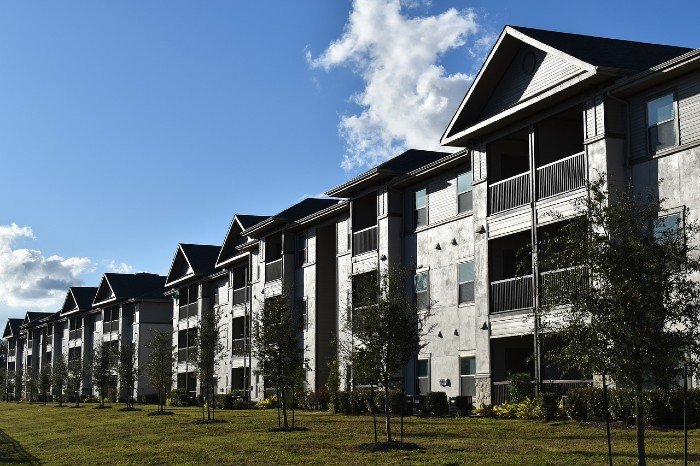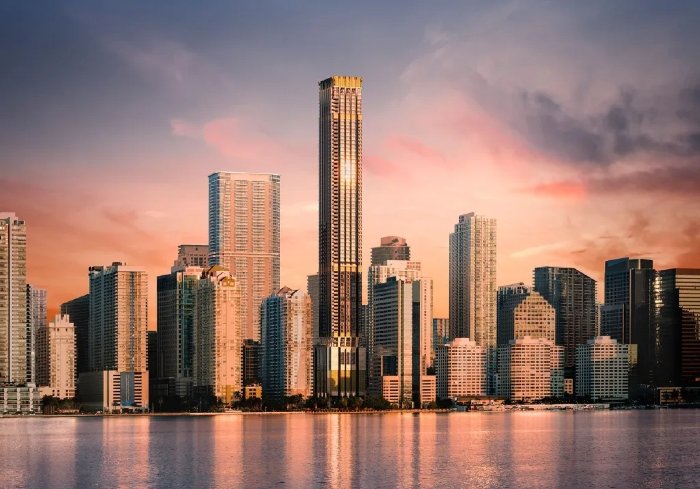With almost 30 years of experience under his belt, Manish Shah, Director-Structural Design, MR Warerkar & Associates, has been witness to the evolution of India’s steel construction sector, especially in the PEB arena. From the early adoption of PEBs and promoting sustainability to the role of steel in India’s growth, Shah shares his candid thoughts…
You have been in the industry for almost three decades. How has the steel construction industry, especially the PEB sector progressed in these years? What major changes can we expect in the near future?
The PEB industry picked up traction in the late 90s in India and MR Warerkar was one of the earliest users and proponents of PEB as consultants. Up until then, we were predominantly using conventional on-site fabrication systems. Among other things, we had to assess both the technology, and how the material would be fabricated, transported, erected and bolted; what was the capability of the vendor to match all components at the site, and also the erection team for quality finished product. It was a wholly new concept at that time. Initially, we started with small warehouses which allowed us to evaluate, firsthand, the advantages that PEB offered. Upon realising the potential of this technology, the next challenge was to convince the clients that it was worth investing in this concept for bigger projects as well. Gradually, we have reached a point wherein PEB has become the norm, rather than the exception.
The industry has also matured from what it was earlier, though some constraints remain. While there are numerous orders, for each project, many times the tight schedules do not allow for proper detailing and due attention to design. We have seen an increase in the quality of material and fabrication. However, there is a gap in the availability of skilled workers. Erectors need to be trained properly in the finishing process as well as to maintain safety.
The buildings have become more complex. Multi-storied buildings have also started moving towards PEB. Infrastructure, railway, metro, and aviation, are all viable sectors for PEB.
Numerous projects built under the banner of MR Warerkar & Associates are LEED, IGBC certified and environmentally friendly. How can the Indian construction industry vie to make more environmentally friendly buildings and lower carbon footprint?
As a company, we are always trying to make our buildings more sustainable and see how we can reduce the carbon footprint. There are a number of aspects to it which start right from the design stage. We try to make more efficient designs with ample daylight to reduce energy usage, recycle water, and more. We try to use locally sourced materials as much as possible to reduce transportation energy, design and shade buildings to reduce heat ingress, use low VOC paints, use low flow sanitary fixtures etc. Material selection is key. For example, roofing must have a high solar reflective index to reduce heat ingress. As an industry, all stakeholders must come together to work towards this.
The PEB sector is on a boom in the Indian construction industry. What is your take on modular PEB structures? Do you think the industry is ready to adopt it?
It will take time to pick up pace. The country is geographically vast with different topographies, seismic loads, wind loads, and soil characteristics in each region. For example, buildings designed in Odisha near the coast cannot be used in Maharashtra. In India, we find that the clients have their individualistic thought process and want something new every time.
But in the warehousing sector, this might be a good idea since the structures may require similar spans and heights, and lower costs for rental business are essential.


As far as the growth in the construction industry is concerned, which are the prime sectors that will turn the tables for India?
Infrastructure will be key to the growth of India. The government is also putting a lot of emphasis on this. Highways are connecting the nation, even the smaller cities are getting airports, and metros are now in almost every Tier-II city. Initiatives like ‘Make in India,’ ‘Atmanirbhar’ and PLIs are also pivotal in this growth. These are promoting the industry and generating employment. This gives ample opportunity to all those involved in the construction sector, including the steel industry, to supply quality and high-strength materials with faster turnaround times for building bridges, metro stations, revamping railway stations, airports etc.
What challenges do you see in the industry, taking into account the current global scenario?
We are seeing a limited number of steel suppliers. Recently, with the Ukraine war and China stopping its supply of steel, India has become a key exporter of steel; this also caused the prices to skyrocket. Supply to domestic projects also saw a low point which in turn affected the budget and the timeline of projects. Availability of skilled manpower, both in the design field and construction at the site is also increasingly becoming a challenge. Industry and government will have to act together to provide the right skillsets and education to the people. Major raw material suppliers will have to invest in manufacturing to increase supply. The government should also have to look into the present tax structure and provide incentives to one of the major income-generating industries while also providing large-scale employment.
In a country like Japan, the usage of steel in construction is 60-70 per cent while in India it’s hardly 1 per cent. Why do you think this gap exists and how can it be bridged?
The prevalent choice of material is RCC in India because it is ingrained in us that RCC is stronger. Skilling is also a fundamental gap. With RCC, the construction process is more straightforward whereas constructing with steel demands a specific skill set. Designers and consultants also have to invest in upgrading skills and spending time in proper detailing. Steel is a versatile material and we are seeing a positive change happening with an increase in the use of it.


What is your approach to delivering high-quality services to meet client needs?
As a majority of our work is industrial, I will run you through the typical process of designing a factory. First and foremost, for any new project, we sit with the client and understand their requirements for the project, and the manufacturing process involved. If any previous facility exists, we visit that and try to understand the shortcomings and pain points over there. A visit to the proposed site is also essential, to understand the topography and approach to the site, and other salient features of the site which may affect the layout and design of the project. An understanding of local materials and costs also helps us to best optimise the bill of materials issued to vendors whilst giving us an idea of the cost of work in that area. Basis this, we work out designs best suited to the client’s requirements and help in achieving efficiency in the manufacturing process, in terms of material flow, equipment placement, personnel and material movement, and proper layout of utilities with minimum losses and wastage of energy.
One of the core design principles we have championed since our inception is ‘Humanising Architecture’ and design, so we try to build into our design human comfort and safety. Workers who will be spending the better part of their time at their workplace should get a safe and pleasant environment for working, with proper facilities, breakout spaces, safe and secure access etc., which helps ultimately in improving the productivity of the company.
Another high focus area for us is timely deliverables – as most of our projects are the design of factories and Industries, it is essential that the building is ready for installation of equipment as and when it is delivered to the site, so it is our endeavour to ensure that work is not held up in any way for want of drawings and decisions. We also give a lot of emphasis on value engineering based on our experience and knowledge to try to reduce project costs and timelines.
How does your firm integrate innovation and technology to enhance project outcomes?
We are in a technology-driven world, and almost every day, some new concept or technology innovation is seen. We as a company, believe in harnessing technology for better efficiencies and productivity, and also enhance the design process where possible. We are using the latest software and hardware systems, and using virtual reality software like Trezi in select projects to help our clients visualise their space before the project is complete. We are also investing in BIM in a big way, and designing projects using BIM for, among other things, clash detection of utilities at the design stage, to avoid rework at the construction stage, which adds to cost and project timelines.
Artificial Intelligence is now the big elephant in the room- it is both an exciting and somewhat scary tool, for use in every aspect of our lives. It is too early to say how it will play out, and we will have to see how to harness this technology for the betterment of society.
What message or advice would you like to give to the new generation of industry professionals?
Technology is taking over, so all the tools are at your disposal. The designing process has become simpler; all you have to do is be creative and detail-oriented. We do have to be slightly wary of surface-level understanding of concepts because more often than not, the ease of making designs has taken away from learning design. At the same time, design results obtained from software should not be taken at face value- basic design checks should be done to ensure that results obtained are in proper range, which I find missing in the young designers working now.
One must also try to spend as much time on construction sites as possible. Merging design knowledge with the understanding of site execution and construction constraints enables one to make decisions that are both design-forward and practical.







